Ghee, also called clarified butter, originated in India and has been in use since antiquity in food recipes, Ayurvedic medicine, and religious rituals.
The market size of ghee in India is INR 10,000 crores as of 2016. India is the world’s largest producer and consumer of ghee.
Ghee is an ideal fat for deep frying because of its high smoke point at 250°C, so it does not burn easily. This temperature is well above typical cooking temperatures of around 200°C and above that of most vegetable oils, which break down and release harmful free radicals at this temperature.
Desi ghee is traditionally made at home with cow’s milk, using age-old techniques without the need for adding any preservatives. However, buffalo’s milk can also be used, but its consistency tends to be thicker.

Nutritional Profile of Ghee
As per the guidelines of the National Institute of Nutrition (ICMR), an adult human requires 25 g or 5 teaspoons of visible fats daily, of which one teaspoon could be contributed by ghee.
Ghee is high in calories (112 calories per tablespoon serving). A serving contains 12.7 g of fat, negligible protein, and no carbohydrates, dietary fiber or sugars. Ghee is high in saturated fat (7.9 g per serving). The American Heart Association recommends that the total fat intake should be between 25 and 35% of the total calories consumed, of which saturated fats should be no more than 7% of total calorie intake.
Health Benefits of Ghee
- Ghee is rich in fat-soluble vitamins A, D, and E.
- Ghee is suitable for individuals with casein and lactose intolerance.
- Ghee made from grass-fed cows contains conjugated linoleic acid (CLA). Preliminary research studies indicate that CLA is anticarcinogenic.
- Ghee contains butyrate (a short-chain fatty acid) that detoxifies the body, improves gut function and has been shown to maintain adequate insulin levels in mice.
Adverse Health Effects of Ghee
- Ghee consists entirely of fat, the bulk of which is saturated fat. Although saturated fat can be healthy in moderation, too much is dangerous.
- Desi ghee is bad for the heart.
Vanaspati is a desi vegetable ghee that has been hydrogenated and hardened. It is much cheaper than desi ghee. All brands of Vanaspati are made from palm or palm olein oil. Hydrogenation is brought about by using nickel as a catalyst in reactors at low to medium pressure. Vanaspati contains trans fats.
Adverse Health Effects of Vanaspati
- There appear to be no health benefits of Vanaspati Ghee.
- Vanaspati ghee is very high in trans fats, which can be harmful to the heart and can result in heart attacks and stroke.
Which is Better (or Worse) – Desi Ghee or Vanaspati?
Since desi ghee contains saturated fats, it is high in cholesterol and raises low-density lipoprotein (LDL) or bad cholesterol in the body. Trans fats in Vanaspati are bad as they increase LDL or bad cholesterol but also lowers high-density lipoprotein (HDL) or good cholesterol. Consumption of saturated fats (desi ghee) raises only the level of LDL (bad cholesterol), but do not lower the level of HDL (good cholesterol). Thus, they may not be as harmful as trans-fats-containing Vanaspati. Desi ghee is therefore comparatively better than Vanaspati.
Therefore, the bottom line is that, of the two, Vanaspati is likely to kill you sooner!
Detection of the Chemical Composition of Ghee and Vanaspati
The following techniques and instrumentation are used for detection of the various components of desi ghee and Vanaspati:
- Gas Liquid Chromatography (GLC):
GLC is used for determining the fatty acid composition.
- Microscopy: This procedure is used for examining fat crystals.
- Reverse Phase Thin Layer Chromatography (TLC): This procedure is used for separation of cholesterol.
- Spectrophotometry: The presence of nickel in Vanaspati can be detected by using a conventional spectrophotometer or an Atomic Absorption Spectrophotometer.
How Can We Help?
Arbro Pharmaceuticals Pvt. Ltd. has NABL accredited and FSSAI approved laboratories with state-of-the-art instruments as well as highly trained technicians. The fat content of food samples, including that of desi ghee and Vanaspati, is carried out regularly with utmost precision. If you would like to use our testing services, please feel free to contact us through the contact form or call us now on +91-11-45754575. We will be happy to provide you a proposal for the estimation of the chemical composition of fats in various types of food samples, including desi ghee and Vanaspati.
References
- Nutrient Requirements and Recommended Dietary Allowances for Indians: A Report of the Expert Group of the Indian Council of Medical Research (ICMR), 2009. National Institute of Nutrition, Hyderabad.
- Vanaspati: desi vegetable ghee. Available at: http://consumeraffairs.nic.in/consumer/writereaddata/Vanaspati-11.pdf
- Gao Z, Yin J, Zhang J, Ward RE, Martin RJ, Lefevre M, Cefalu WT, Ye J.Butyrate improves insulin sensitivity and increases energy expenditure in mice. Diabetes 2009 Jul; 58(7): 1509-1517. Available at: https://doi.org/10.2337/db08-1637
- Are ghee benefits better than butter? Available at: https://draxe.com/ghee-benefits/
- SserunjogiML, Abrahamsen RK, Narvhus A review paper: current knowledge of ghee and related products. International Dairy Journal 1998; 8(8): 677-688. Available at: https://doi.org/10.1016/S0958-6946(98)00106-X
FSSAI Manual of Methods of Analysis of Foods. Lab Manual 2: Oils and Fats. Food Safety and Standards Authority of India, Ministry of Health and Family Welfare, Government of India, New Delhi, 2015. Available at: http://old.fssai.gov.in/Portals/0/Pdf/Draft_Manuals/OILS_AND_FAT.pdf




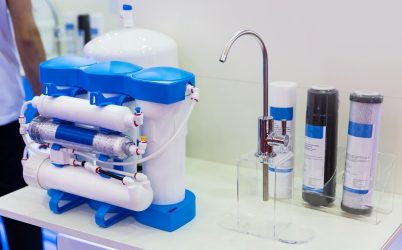

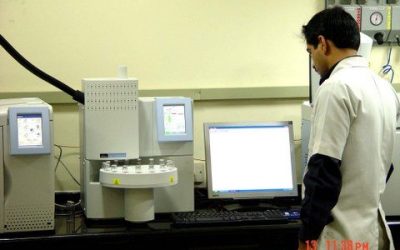
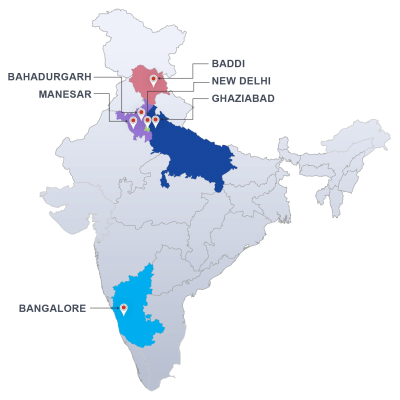
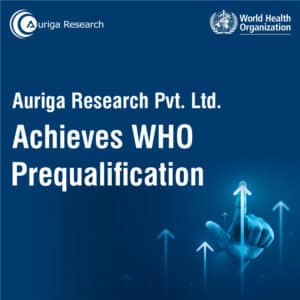


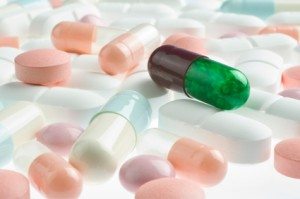
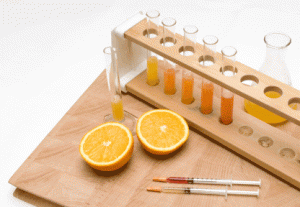

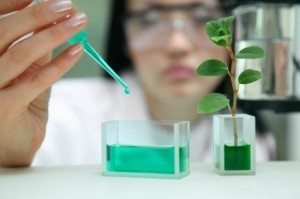


One Response
Great